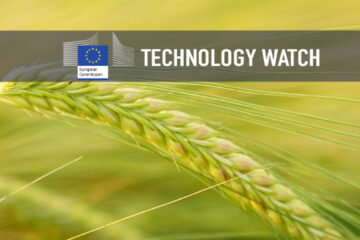In 2015, during a special UN summit, many world-leaders adopted the 2030 Sustainable Development Agenda. This global history landmark agenda consists of 17 Sustainable Development Goals (SDGs) and 169 associated Targets, aiming towards a better tomorrow for everyone.
In particular, Target 2.3 presents the Agenda’s aim to boost the income and the productivity of small-scale food producers (specially of women, indigenous populations, family farmers etc.). At the same time, Target 2.3 takes into account several socioeconomic factors affecting small-scale producers such as access to land, resources, knowledge, finances, market particularities, cross-sectorial labor market etc. The current situation and the progress towards achieving this target are monitored through certain quantifiable indicators.
This study, published in 2019 by the Food and Agriculture Organization (FAO) of the UN, is analyzing the methodology to be followed in order to compute indicators 2.3.1 “volume of production per labor unit by classes of farming/pastoral/forestry enterprise size” and 2.3.2 “average income of small-scale food producers, by sex and indigenous status”. It focuses on the statistical methodology but also on the definition and interpretation of elements included in those indicators. The analysis conducted by computation of these two indicators can provide interesting insights in the small-scale food producers’ particularities around the globe but also a point of view on how socioeconomic factors can play major roles in agricultural decision making.
For more information, click here
FAO. 2019. Methodology for Computing and Monitoring the Sustainable Development Goal Indicators 2.3.1 And 2.3.2, FAO Statistics Working Paper Series/18-14, FAO, Rome
Available at http://www.fao.org/economic/ess/workingpapers


